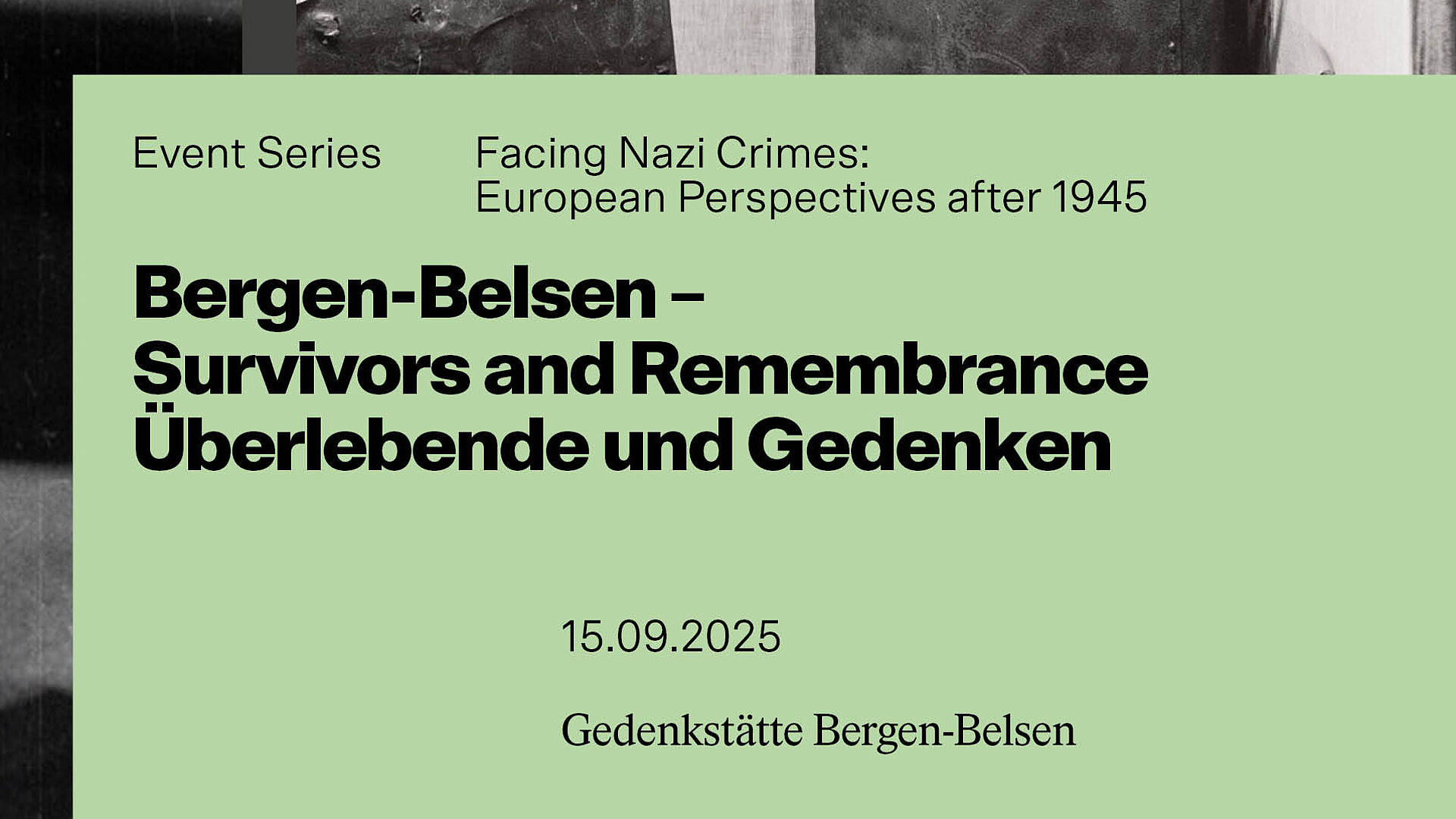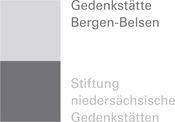Bergen-Belsen – Survivors and Remembrance | Überlebende und Gedenken

- -
- Adults
- Free admission
with Agata Pietrasik, Katja Seybold, Dan Michman and Elke Gryglewski
Guided Bus Tour “Displaced Persons Camp Bergen-Belsen”
3:00 – 5:00 p.m.
With Katja Seybold
On April 15, 1945, British troops liberated the Bergen-Belsen concentration camp. Less well known is that this also included the satellite camp located just about two kilometers away in the Wehrmacht barracks at Bergen-Hohne. Immediately after liberation, the British set up an emergency hospital on the barracks grounds to provide medical care for the many thousands of seriously ill survivors of the concentration camp. For many of those liberated, the help came too late: by mid-June 1945, around 14,000 people had died as a result of their imprisonment. Most of the prisoners from Western Europe returned home by autumn 1945. About 10,000 non-Jewish Polish nationals and more than 10,000 Jews, mainly from Poland and Hungary, remained in the Displaced Persons Camp established at the barracks. The latter lived in the DP camp—some for years—while waiting to emigrate to other countries. During the tour of today’s Niedersachsen-Kaserne, we will visit sites closely connected to the former DP camp. The tour highlights various aspects of everyday life in the camp, with a particular focus on the cultural activities of the Displaced Persons.
Tour in German
Reception in Building 3, Niedersachsen-Kaserne
5:00 p.m.
Panel Discussion: Survivors and Remembrance | Überlebende und Gedenken
5:30 – 7:00 p.m.
With:
- Elke Gryglewski, Director of the Gedenkstätte Bergen-Belsen
- Dan Michman, Head of the International Institute for Holocaust Research at Yad Vashem in Jerusalem and Professor Emeritus of Modern Jewish History at Bar-Ilan University
- Agata Pietrasik, Art Historian at Freie Universität Berlin and Curator of the exhibition „On Displaying Violence“
- Katja Seybold, Historian at the Gedenkstätte Bergen-Belsen Event in English with German translation
In 1947, survivors in the Bergen-Belsen Displaced Persons Camp organised the exhibition “Undzer veg in der frayhayt” (Our Path to Freedom). It gives us remarkable insight into how the history of the Nazi occupation and the Holocaust was told from the viewpoint of Jewish DPs. Against this backdrop, we will look into the development of a historiography and culture of remembrance which, for a long time, marginalised the victims’ perspective and focused primarily on perpetrator documents.
Place: Niedersachsen-Kaserne Lohheide
Language: English with translation into German
Participation: on site (a video of the event will be produced)
Getting there: The bus tour starts at 3:00 p.m. from Celle train station in the direction of Niedersachsen-Kaserne. Please arrive in good time on the station forecourt. After the event, the shuttle bus will return you to Celle station.
Facing Nazi Crimes: European Perspectives after 1945
This European event series explores the social and historical contexts of the early exhibitions on Nazi crimes organised between 1945 and 1948. The series will unfold in the cities where these exhibitions were originally held – Paris, Warsaw, London, Liberec and Bergen-Belsen – and will conclude in Berlin. How did the exhibitions relate to the early visual, documentary, legal, political, and historical efforts to address the German occupation and its crimes? How were they received and what influence did they have on today’s culture of remembrance?
Over the course of six evenings, key aspects of the early exhibitions – their origins and their impact – will be presented and discussed with experts from local institutions.
